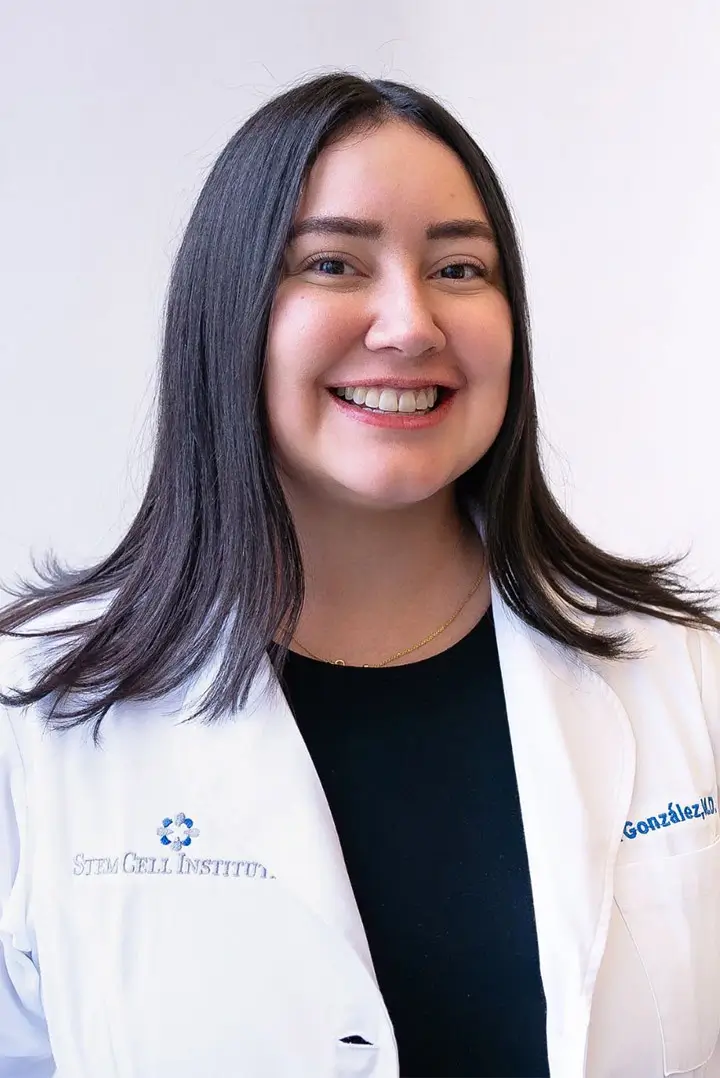Ayub et al. Dev Neurobiol.
Stem cells have been found in various organs to participate in repair after injury. For example, after a heart attack, cardiac specific stem cells that reside in the atrium are known to proliferate and cause repair of damage. In the brain stem cells participate in a variety of processes, for example stem cells in the dentate gyrus multiply in people who are mentally active. These cells appear to have reduced function in patients of depression. Interestingly, in depressed patients anti-depressants have been demonstrated to increase stem cell activity.
In a recent study (Ayub et al. Environmental enrichment influences neuronal stem cells in the adult crayfish brain. Dev Neurobiol. 2010 Dec 29) the effect of environmental stimulation on brain stem cells in crayfish was studied.
The scientists found that new brain stem cell development occurred in sexually differentiated procambarid crayfish by environmental enrichment. The studies also showed that environmental enrichment increases the cell cycle rate of neuronal stem cells. There was no effect of environment on the overall numbers of cells circulating in the hemolymph, enrichment resulted in increased expression of glutamine synthetase, a marker of the neuronal stem cells, in a small percentage of circulating cells; there was little or no expression of this enzyme in hemolymph cells extracted from deprived animals.
These data suggest that there seems to be a correlation between brain activity and brain stem cell activity in a variety of animals as well as in humans. By identifying chemical signals that control brain stem cell activity, it may be possible to develop “brain enhancing drugs”. One approach that has been attempted to do this is through administration of human chorionic gonadotrophin. This hormone is associated with pregnancy and is believed to be responsible for the pregnancy-associated neurogenesis that occurs in pregnant human women and mice.
While a study in stroke patients using human chorionic gonadotrophin did not demonstrate astonishing results, it may be possible to use this agent in more chronic situations of neurodegeneration such as Parkinson’s or Alzheimer’s disease.

